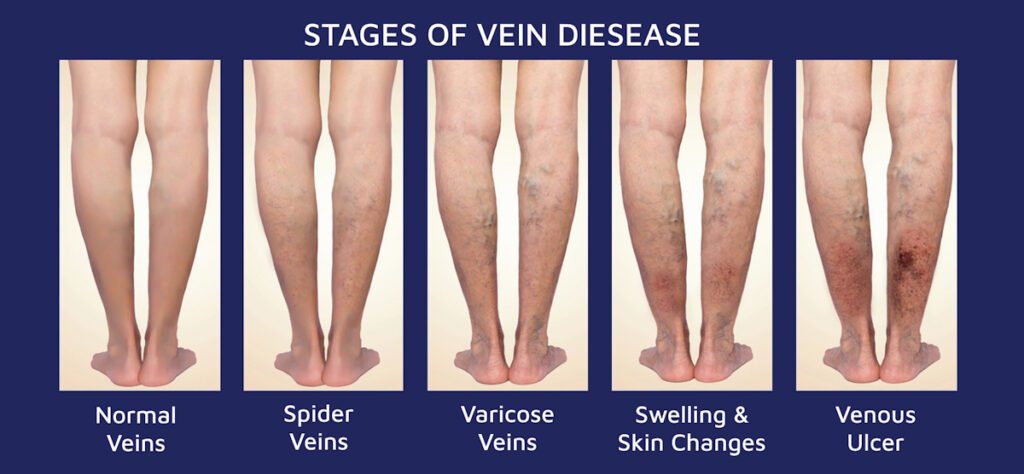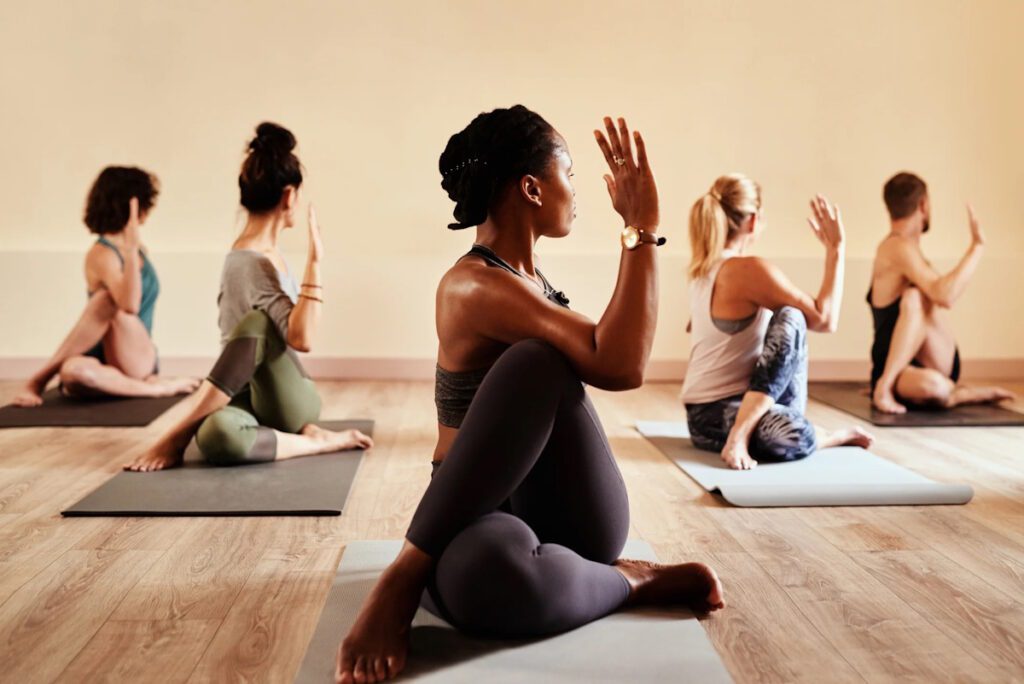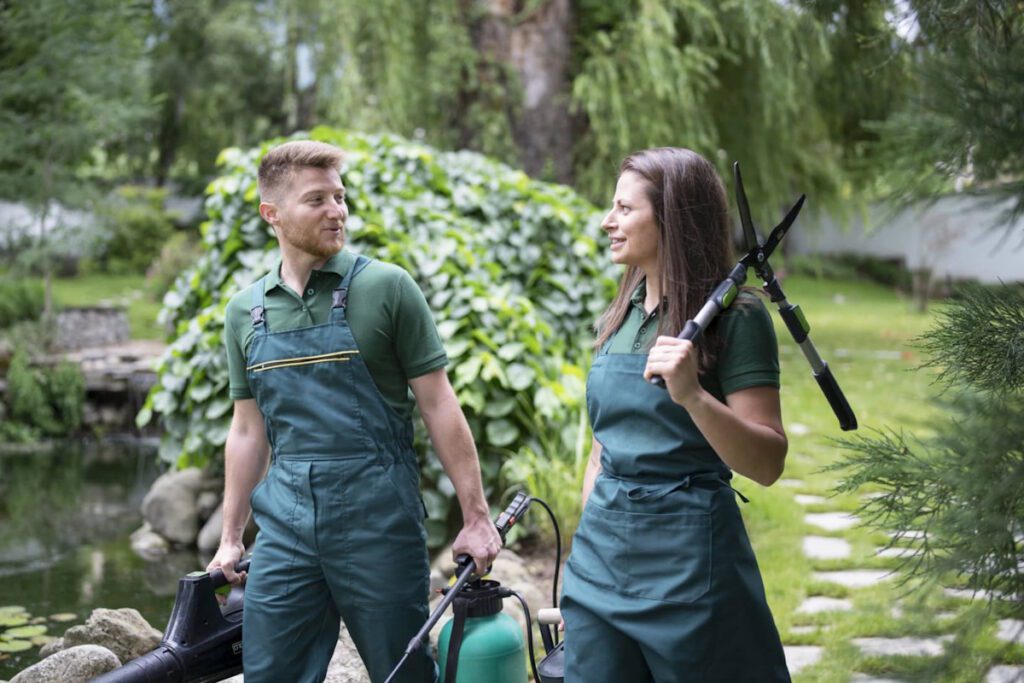What Jobs Are Safe for Patients with Vein Disease?
Author: StrideCare Internal Team

- Tired and heavy legs
- Swollen legs and feet
- Unsightly varicose veins
- Throbbing, achiness, or stabbing pain
- Cramping legs
- Itchy spider veins
- Numbness and tingling
- Prickling, pulling sensations
- Burning sensations
What Is Vein Disease, Exactly?

An average of one in every three adults over the age of 45 develops some form of vein disease. Just a few of the more common examples of vein disease include:
- Varicose Veins — Damaged veins that manifest as blue, twisted, and occasionally bulging veins are known as varicose veins. Varicose veins are common. Twenty-five percent of American adults experience them at some point. Damaged valves that prevent your veins from sending blood back up to your heart are the root of this issue. Those one-way valves are essential to the veins’ healthy operation since your leg veins fight gravity all day long while attempting to pump that blood upward.
- Chronic Venous Insufficiency — The telltale signs of CVI include leg swelling, painful varicose veins, cramps, skin changes such as shiny skin or lost leg hair, and open chronic leg wounds that are difficult to heal on their own.
- Superficial Thrombophlebitis — Blood clots, referred to as superficial thrombophlebitis, are one of the most prevalent vein disorders in superficial veins. The harm these clots pose is lower than that from blood clots in deep veins. However, they should nevertheless not be overlooked. These must be examined because they may evolve into or increase your chance of acquiring a deep vein blood clot.
- Deep Vein Thrombosis — Blood clots in a deep leg vein are highly concerning because you no longer experience occasional leg pain. You are dealing with a potentially fatal situation. A deep blood clot, or deep vein thrombophlebitis (DVT), is like superficial thrombophlebitis. However, DVT can induce pulmonary embolism, making it a much more severe blood clot than a superficial one. When a deep blood clot leaves a damaged leg vein and goes to the lung, the condition is known as pulmonary embolism and can be fatal. Visit a vein specialist as soon as possible if you suspect that you may have DVT.
- Chronic Leg Ulcers – Non-healing leg ulcers, also known as chronic wounds, are painful, open sores on a person’s legs or feet that won’t heal. To be considered non-healing, the ulcer generally does not show improvement within a range of four weeks to three months. They also tend to ooze and bleed and present a heightened risk of infection as they continue to resist traditional treatment.
7 Common Jobs That Are Safe for Patients with Vein Disease
While not an exhaustive list, below are professions that decrease your chances of developing vein disease. The bottom line is that you want to find something that doesn’t require you to sit or stand for long periods of time but keeps you active enough and within reason to maintain proper blood flow and circulation.
- Tour Guides
On paper, you might think being a tour guide also keeps you on your feet for long stretches. And you’re not wrong. But rather than stand in one place like a cashier or run back and forth between restaurant tables like a waitress, tour guides are constantly on the move and are generally required to be fit and healthy to meet the demands of the job. Also, not all tour guide jobs require walking or hiking all day. You could choose to be a tour guide on a boat or vehicle. And if you’re part of a team, you should get ample breaks to rest your feet and legs.

- Yoga Instructor
Yoga is a total mind-body workout that combines strengthening and stretching poses with deep breathing and meditation or relaxation. There are many different kinds of yoga styles and practices, some fast-paced and intense and others gentler and more relaxing. Either way, yoga movements play an important role for those who suffer from leg circulation issues and vein disease by building strength, increasing flexibility, and stretching your muscles and connective tissue to facilitate blood circulation throughout your body.
- Lifeguard
Being a lifeguard isn’t for the faint of heart. It also requires a special person who is physically fit and has gone through all the required training. That said, it offers the right mix of healthy activity and physical fitness without having to be on your feet all day long. You can choose to be a lifeguard at a nearby beach or at the local pool, recreation center, waterpark, or lake.
- Event Planner
Event planners are your go-to professional for coordinating every aspect of an event, whether it’s a corporate event or a concert, wedding, family gathering, festival, etc. Again, this job also has many health benefits in eliminating the threat of sitting at a desk all day in your professional life.
- Elementary School Teacher
Teachers spend a lot of time on their feet. And when they’re not, they sit at a desk grading papers and completing other tasks. Conversely, administrative employees who are also educators, such as superintendents, principals, and front-office staff, are constantly sitting down. That said, elementary school teachers have a healthier environment with which to sit and stand because they are more likely to provide one-on-one instruction with younger children rather than standing up lecturing or grading papers at a desk all day.
- Photographer
Photographers need to be in the right place at the right time to capture the perfect shot, and they can’t do that if they are stuck behind a desk all day or standing in the same place. They need to be moving around, back and forth between sitting, standing, kneeling, squatting down, walking, and even running.
- Landscaper/Gardening
Gardening and landscaping are fantastic activities that get the blood pumping and allow you to be in nature at the same time. And the good news is that there are numerous opportunities to find something that fits your skills, whether it be working for someone at a golf course or a public property or starting your own landscaping business.

StrideCare Can Help with Vein Disease
Most of us must work for a living. And while we love our jobs, they can sometimes be a detriment to our health when requiring us to sit or stand for long periods. Whether you are healthy or have underlying conditions, vein disease can become a real problem in your life if you see an onset of symptoms but don’t take the necessary steps. Hopefully, the career examples above give you something to think about if you’re considering switching jobs. If you need vein treatment—or have questions on how to keep vein disease from developing further—our experts at StrideCare will recommend an individualized plan to help you get the best results.
Over the years, our practice has grown significantly and has expanded the specialty team to include vascular surgeons and vein specialists at multiple South Texas locations. This keeps us on the cutting edge of medicine, helping patients avoid traditionally long invasive surgeries used in the past to treat lower-extremity vascular disease. Patients are helped to feel comfortable while procedures take place at in-office or outpatient settings.
This information is not a substitute for professional medical advice. Prior to starting any new treatment or questions regarding a medical condition, always seek the advice of your doctor or other qualified health provider.
StrideCare serves the South Texas area including Houston, San Antonio, Austin, Round Rock, Bastrop, Brushy Creek, Cedar Park, Converse, Georgetown, Hutto, Kyle, Leander, Marble Falls, New Braunfels, Pasadena, Pearland, Pflugerville, San Marcos, Schertz, Houston, Sugar Land, Katy, Webster, Bay City, Clear Lake, Lake Jackson, The Woodlands, Universal City, Spring, Kingwood, Stafford, Conroe, Texas City, Cypress, League City, Bellaire, and more.
*Patient stories are true. Names and/or photos may be changed to protect patient confidentiality.


